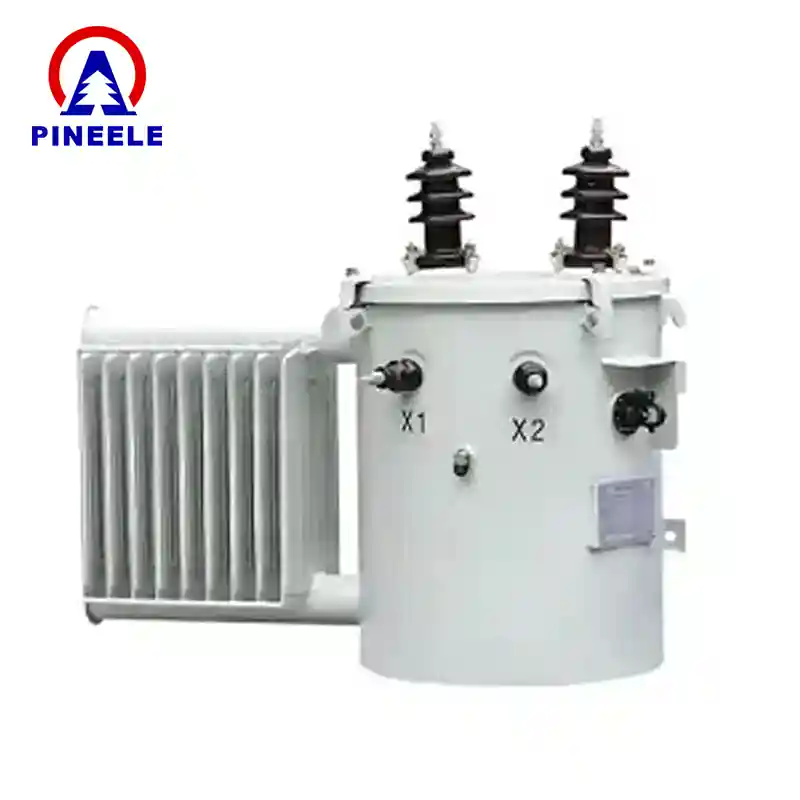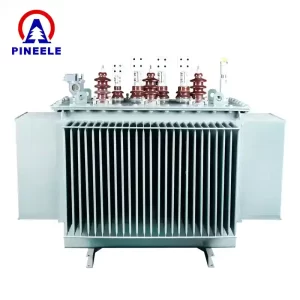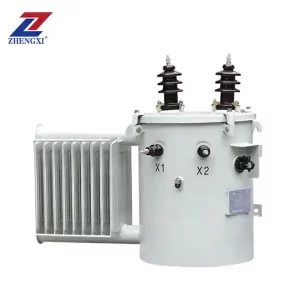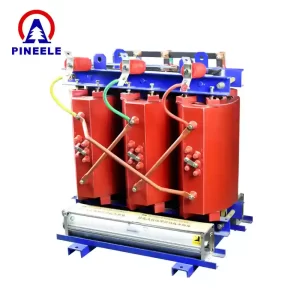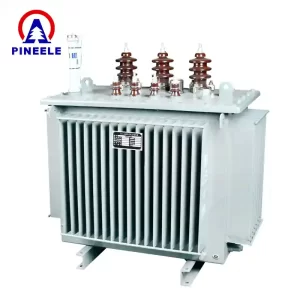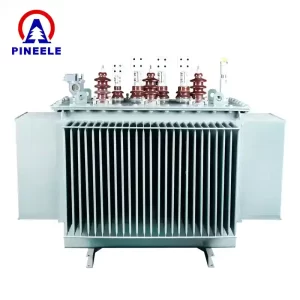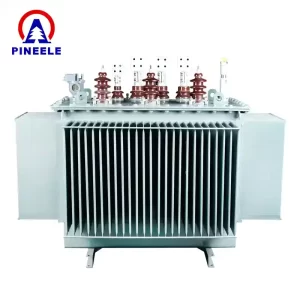Oil Type Power Transformers are critical components in modern electrical power systems, enabling efficient voltage transformation and energy distribution across grids. These transformers use specialized insulating oil to manage heat dissipation and provide electrical insulation, making them indispensable in high-voltage applications. Accounting for over 60% of utility-scale transformers globally, oil-filled variants remain the backbone of transmission and distribution networks due to their reliability, durability, and cost-effectiveness. This article explores the design, benefits, applications, and comparative advantages of Oil Type Power Transformers, offering insights into their enduring relevance in the electrical industry.
What is an Oil Type Power Transformer?
An Oil Type Power Transformer is a static electrical device that transfers energy between circuits via electromagnetic induction while maintaining a constant frequency. It utilizes insulating oil as both a coolant and dielectric medium. Key components include:
- Core: Typically laminated silicon steel to minimize eddy current losses.
- Windings: Copper or aluminum conductors arranged in primary and secondary coils.
- Insulating Oil: Mineral oil, silicone fluid, or biodegradable esters that dissipate heat and prevent arcing.
- Tank: A sealed container housing the core, windings, and oil.
- Conservator: A reservoir compensating for oil expansion/contraction due to temperature changes.
- Buchholz Relay: A safety device detecting internal faults like gas accumulation or oil leakage.
During operation, alternating current in the primary winding generates a magnetic flux in the core, inducing voltage in the secondary winding. The oil absorbs heat from the windings and core, circulating naturally or via pumps to maintain optimal temperatures.
Key Features and Benefits
Oil Type Power Transformers offer distinct advantages over alternative technologies:
1. Superior Cooling Efficiency
- The high thermal conductivity of insulating oil enables effective heat dissipation, allowing transformers to handle higher loads without overheating.
- Natural oil circulation (thermosiphon effect) reduces reliance on external cooling systems.
2. Enhanced Dielectric Strength
- Transformer oil provides robust electrical insulation (breakdown voltage of 30–40 kV/mm), preventing arc formation between energized components.
3. Long Operational Lifespan
- Properly maintained oil transformers can operate for 30–40 years, even under continuous load cycles.
- Oil slows oxidation and degradation of cellulose-based insulation on windings.
4. Overload Capacity
- Can sustain short-term overloads (up to 150% of rated capacity) without significant performance degradation.
5. Maintenance-Friendly Design
- Oil sampling allows predictive maintenance by analyzing dissolved gases (e.g., methane, hydrogen) to detect incipient faults.
- Sludge and moisture removal via filtration systems restore oil properties.
6. Cost-Effectiveness
- Lower initial costs compared to dry-type transformers for high-voltage applications (>33 kV).
- Reduced energy losses (efficiency up to 99.75%) lower operational expenses.
Applications in the Electrical Industry
Oil Type Power Transformers are deployed across diverse sectors:
1. Transmission Substations
- Step-up transformers increase voltage (e.g., 11 kV to 400 kV) for long-distance transmission, minimizing line losses.
2. Industrial Facilities
- Found in steel plants, chemical factories, and mining operations to step down grid voltage for heavy machinery.
3. Renewable Energy Integration
- Connect wind farms and solar parks to transmission grids by stepping up generated voltage (e.g., 0.69 kV to 132 kV).
4. Railway Electrification
- Supply single-phase power at 25 kV or 50 kV for electric locomotives.
5. Rural Electrification
- Step-down distribution transformers (11 kV/400 V) deliver power to remote areas with fluctuating demand.
Comparison with Similar Technologies
| Parameter | Oil Type Transformer | Dry-Type Transformer |
|---|---|---|
| Cooling Medium | Mineral/synthetic oil | Air or epoxy resin |
| Voltage Range | Up to 1,100 kV | Up to 36 kV |
| Efficiency | 98.5–99.75% | 97–98.5% |
| Fire Risk | Moderate (flammable oil) | Low (no flammable materials) |
| Maintenance | Regular oil testing required | Minimal |
| Installation Environment | Outdoor/explosion-proof indoors | Indoor (clean, dry areas) |
| Lifespan | 30–40 years | 20–30 years |
Key Takeaways:
– Oil transformers excel in high-voltage, high-efficiency applications but require careful fire safety measures.
– Dry-type transformers are preferred for indoor urban installations due to lower flammability risks.
Frequently Asked Questions (FAQ)
Transformer oil insulates live components, prevents corona discharge, and dissipates heat generated during operation.
Oil lifespan depends on maintenance. With regular filtration and testing, oil can last 15–20 years. Replacement is needed if dielectric strength drops below 26 kV or acidity exceeds 0.5 mg KOH/g.
Traditional mineral oils pose spill risks, but biodegradable esters (e.g., FR3) offer eco-friendly alternatives with comparable performance.
Buchholz relays detect gas buildup from internal faults, while pressure relief devices prevent tank rupture during severe overloads.
Yes, if housed in fire-resistant rooms with adequate ventilation and oil containment systems.
Oxidation, moisture ingress, and excessive operating temperatures (>85°C) accelerate oil aging.
Oil Type Power Transformers remain indispensable in global power infrastructure due to their unmatched efficiency, durability, and adaptability to high-voltage scenarios. While dry-type and gas-insulated transformers cater to niche applications, oil-filled variants continue to dominate transmission networks and industrial settings. Advances in biodegradable oils and predictive maintenance technologies further solidify their role in sustainable energy systems. By balancing performance, cost, and reliability, these transformers will remain pivotal in meeting the world’s growing electricity demands.
